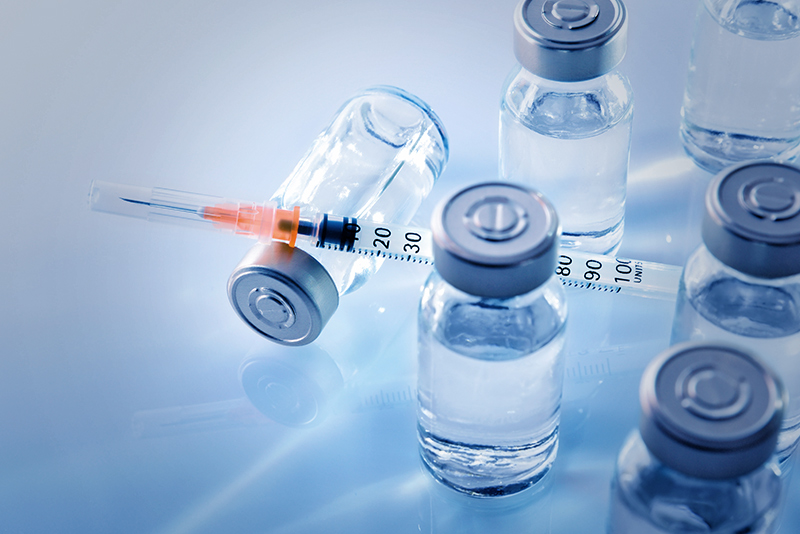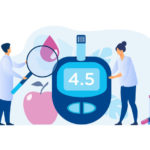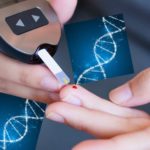New research discovery could shorten ICU stays for children with diabetic ketoacidosis

When a child with diabetic ketoacidosis (DKA) requires intensive care, clinicians often monitor blood ketone levels to determine whether treatment has successfully reversed the abnormal ketone production. Yet, the utility of blood ketone levels to diagnose DKA or determine whether a child’s DKA has resolved have not been rigorously studied.
But now, research by Elise Tremblay, MD, and others in Boston Children’s divisions of Endocrinology and Medical Critical Care and Department of Cardiology shows that a particular value of plasma beta-hydroxybutyrate (BOHB) can signal that DKA has clinically resolved and intensive treatment can stop.
Widespread adoption of this defined endpoint could remove some of the uncertainty from monitoring DKA. It could potentially end intensive care at the right time — instead of having it extend unnecessarily — and free up ICU resources, Tremblay says.
Improving accuracy in ketone measurement
When a child with type 1 diabetes doesn’t have enough insulin, their body produces a large amount of ketones — a breakdown product of fats that the brain can use for metabolism. Ketones are acidic and if the level of ketones gets too high, a child can develop life-threatening DKA.
For years, the only way to measure ketones in clinical practice was through urine. Yet, that method didn’t reflect real-time levels of ketone, and it specifically measured acetoacetate, a ketone whose concentration in the blood is significantly less than that of BOHB, the most prominent ketone present in DKA.
But recently, measurement of BOHB has become feasible thanks to technological advancements. It can be measured in a blood sample in a clinical chemistry laboratory, or through a fingerstick blood test with a handheld meter. In 2021, Tremblay and her colleagues found that BOHB can accurately predict DKA in children and adolescents who are in emergency room care. The finding set the stage for the latest round of research: arriving at an endpoint for DKA treatment.
A new DKA threshold could shorten hospital stays
For the current study, Tremblay and her colleagues analyzed data from 403 hospitalized children who were treated for DKA with intravenous insulin and whose levels of BOHB were measured during that time.
Based on this information, the team determined a BOHB value of <1.5 mmol/L can be used to define resolution of DKA. Tremblay hopes the finding gives clinicians a better understanding of when intensive care of DKA can end. And with the use of handheld blood ketone meters to measure BOHB, which correlate well with laboratory measurements up to approximately 5 mmol/L, it could also provide some hospitals with a simpler, more accessible way to define resolution of DKA.
“In many countries, hospitals and health care facilities do not have access to well-resourced clinical chemistry laboratories,” Tremblay says. “Being able to determine if a child has DKA through a simple point-of-care blood test could aid physicians working in facilities with limited resources to efficiently diagnose and treat DKA.”
Learn more about the Division of Endocrinology.
Related Posts :
-

Low-carb diets for diabetes: Rediscovering centuries-old wisdom
This year represents the 100th anniversary of the discovery of insulin, a hormone that regulates the amount of glucose, or ...
-

A diabetes drug with a potential side benefit: Reduced COVID-19 mortality
In 2006, the Food and Drug Administration approved the drug sitagliptin to lower blood sugar in type 2 diabetes. Now, a multicenter ...
-

Huge sequencing study links rare DNA changes to type 2 diabetes
Type 2 diabetes is a complicated disease influenced by genetics, lifestyle, and environment. Now, an international consortium of scientists has uncovered ...
-

Research 2022: Tackling disease in new ways
Researchers across Boston Children’s spent 2022 imagining new solutions to old challenges in health and medicine, opening the door to ...





